Prairie Moon Museum and Sculpture GardenHerman A. Rusch (1885-1985)
Extant
52727 Prairie Moon Road , Fountain City , WI, 54629, United States
1950s
The park is open all year from dawn to dusk. Call 608-687-8250 for information about the museum.
About the Artist/Site
Between the lushly forested bluffs and the Mississippi River in western Wisconsin lies the site of Herman Rusch's grassy two-acre garden of sculpture and museum of antiquities and oddities. Rusch was born in the United States to parents who had emigrated from East Prussia. In his teens he worked as a mason's assistant, and after his parents' death, he took over the family farm. The idea of building a museum of curiosities came in 1952; after forty years of farming, he wanted to show “all kinds of curious and odd things…quirks of nature,” many collected over the years. It was housed in what used to be an old dance pavilion that he rented for three years before purchasing, and where the sculptures stand today was once the parking area. In order to enhance this barren area, he began, at age 71, to construct a three-tiered flower planter. He then added another “and then I gets ideas and I kept on, whenever I had the time, until it looks like it looks today. I had no more idea than the man in the moon that it would look like it looks today.”
Architectural, narrative, and human and animal statues share the garden; there are no overtly religious or patriotic works. It is possible that the representational pieces were an attempt by the artist to prove to himself that he had the ability to construct such objects, for the predominating fountains, towers, planters, spires, and fences are much stronger pieces, aesthetically speaking, and reveal a stronger sense of the evolving development of Rusch's sense of design and personal expression. The 260-foot-long fence marking the eastern boundary of his property is the most graceful structure. The six-foot-high posts are topped with a cone into which a nail has been inserted, leaving a point upon which the birds cannot perch, thereby keeping them clean; cement phalanges at the post bottoms facilitate lawn mowing as they serve as reinforcement for the three-foot underground foundations. The posts and arches, each spanning exactly six feet, are so accurately reproduced that the total linear alignment is perfect.
Rusch's style and aesthetic were predicated upon an ideal of craftsmanship, from the inside out. He was concerned with having a strong armature, using materials that were durable and pliable as well as beautiful, and achieving the correct texture and ornamentation for each piece. Much pain was taken with the proportions of the structures; although he used basic tools, his overall concern was quality, not quantity.
Around 1959 he and his son moved four works by Minnesota artist Halvor Landsverk to the site; slick, highly realistic figures, they are obviously the work of another artist.
Rusch put Prairie Moon up for auction at age 94, and most of the museum's contents were sold off. In 1992 the Kohler Foundation purchased the site and began restoration, reviving the garden environment and enabling the sculptures to once again shine between the bluffs and the river. The pavilion was also restored, and an interpretive exhibition was installed. In 1994 the Kohler Foundation donated the Prairie Moon Sculpture Garden and Museum to the Town of Milton to be maintained as a public art site.
~Jo Farb Hernández
[Quotes from the artist were recorded in interviews with the author in 1974 and 1975.]
Contributors
Materials
Concrete, stone, shells, wood, tile, rock
SPACES Archives Holdings
1 folder: clippings, correspondence, maps, pamphlets, images
Related Documents
Map & Site Information
52727 Prairie Moon Road
Fountain City , WI, 54629
us
Latitude/Longitude: 44.1972132 / -91.7989877
Nearby Environments















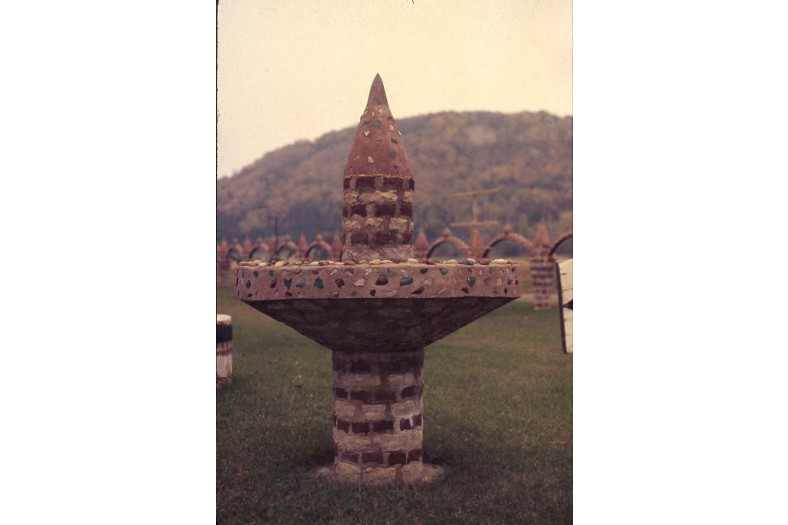








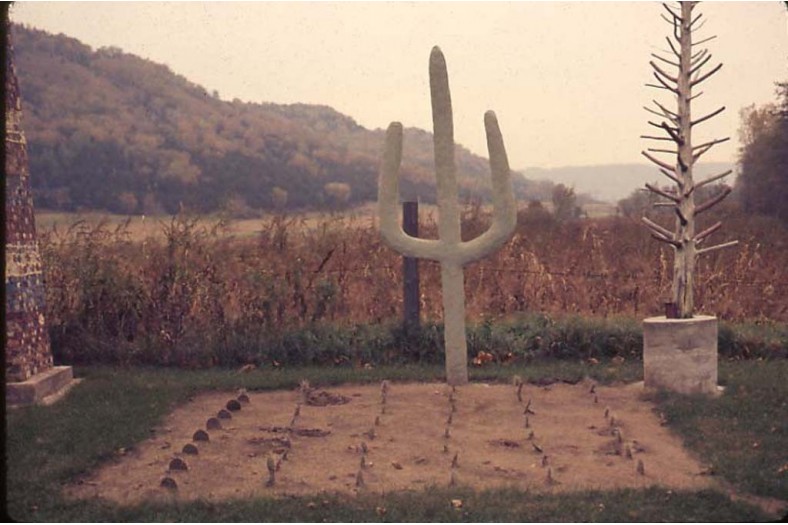
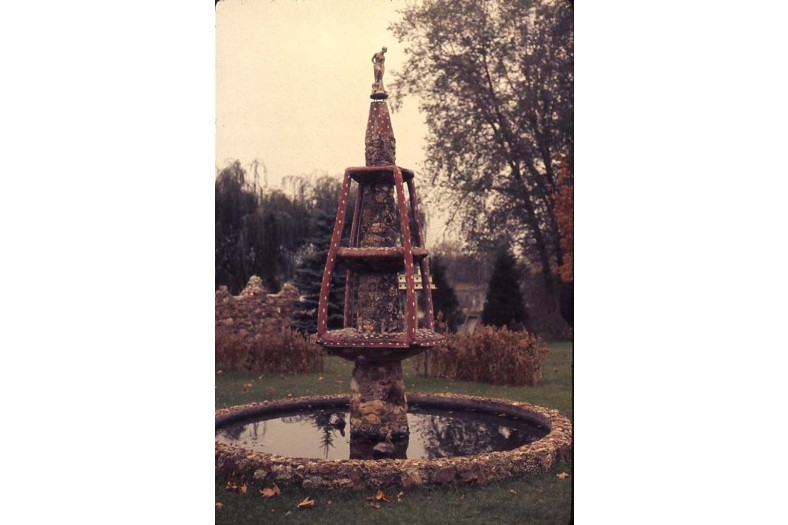



















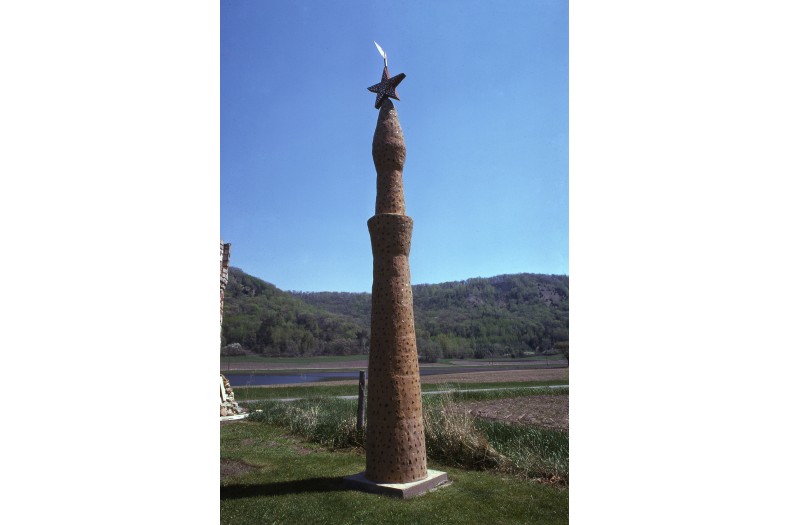








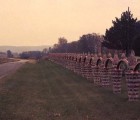
























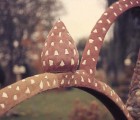



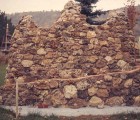











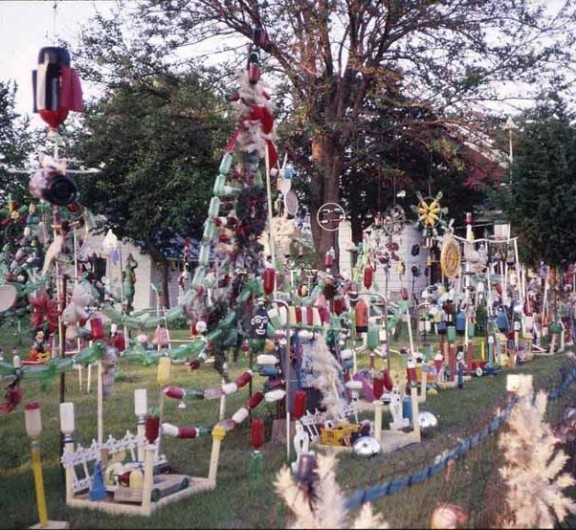



Post your comment
Comments
No one has commented on this page yet.